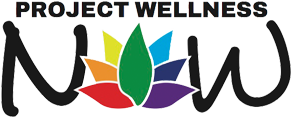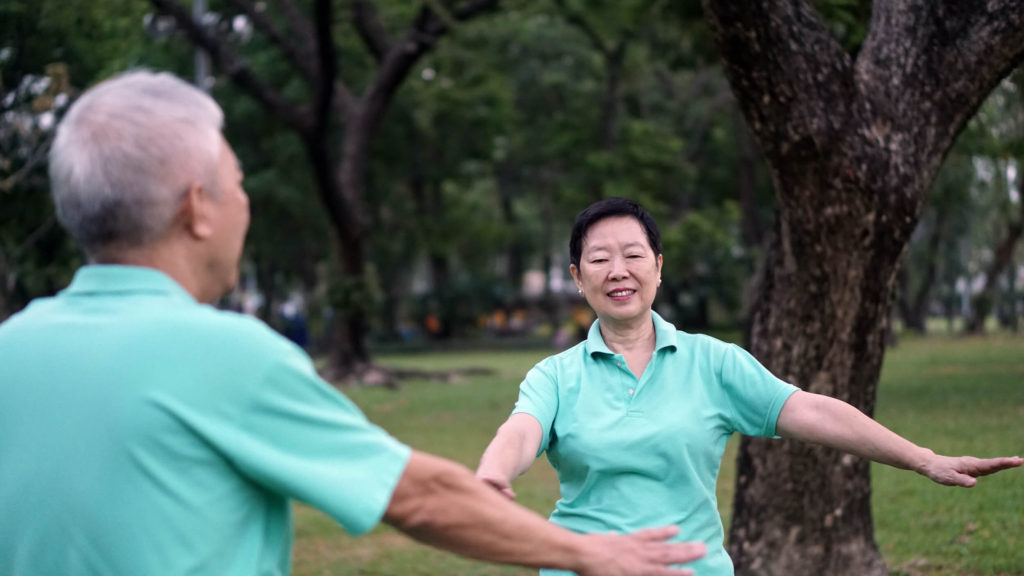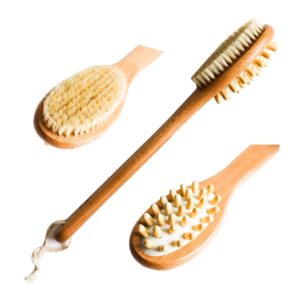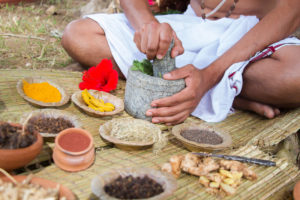Engaging in eastern movement practices – such as yoga, qigong, tai-chi, or a martial art – can be hugely beneficial, regardless of your age or current fitness level. And the benefits of these practices – most of which have their origins in India, China, or Japan – go well beyond their capacity to harmonize the physical body. These practice forms are designed specifically to skillfully integrate body, mind, and breath – and are rooted in a deep understanding of the functioning of the subtle body, and of the life-force energy that animates it.
What Is Qi?
In Chinese traditions, this life-force energy is known as Qi (also spelled Chi). In Japanese traditions, it is called Ki. And in the Indian traditions, it’s known as Prana. These words all refer to a subtle life-force energy that is deeply connected with – though distinct from – the physiological breathing process. The flowing patterns of this life-force energy can both influence and be influenced by the mind. We could think of it also as being the interface between the mind and the physical body: as a vehicle for communication between the two.

Western scientific and medical traditions do not acknowledge the existence of such subtle life-force energy. (As Joseph Campbell famously quipped: “You won’t find it on an operating table!”) Nevertheless, for literally thousands of years, the existence, and power of Qi / Ki / Prana has been the cornerstone of Eastern practice traditions as well as Eastern medical systems such as Chinese Medicine, Tibetan Medicine, and Ayurveda.
The Subtle Body & The Power Of Qi
With a detailed understanding of how this subtle energy (whether we call it Qi, Ki, or Prana) functions within the human body, practitioners of yoga, qigong, tai-chi, and martial arts can accomplish profound levels of physical health and mental-emotional well-being. There also are numerous examples of such practitioners demonstrating extraordinary levels of physical strength, agility, and endurance: athletic feats that seem truly miraculous. Such abilities are the product of an intimate understanding and deep cultivation of subtle life-force energy.
Such mastery of the body, mind, and breath can enhance all aspects of our lives – and can easily be integrated with other fitness, sports, or martial arts training regimens. Which of these eastern practices you choose to bring on board will depend upon your personal preferences; as well as on their availability in your particular geographical location. Here are just a few of the many possibilities:
1. Hatha Yoga
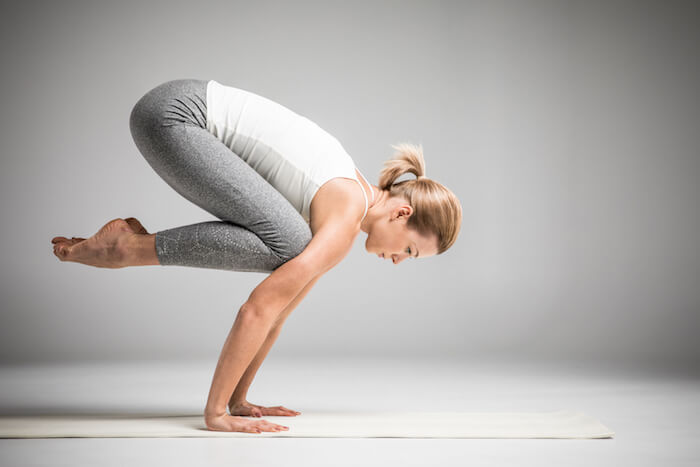
A hatha yoga practice is comprised of physical movements and poses called (in Sanskrit) asanas. There are many different styles of yoga asana practice: Some are very physically active, with lots of fluid movement in and out of a large number of poses, and some are quite challenging. Other styles of hatha yoga are much more slow-moving a gentle, with much more time spent in each of the poses. Whatever the style, yoga classes often include breathing practices – and a period of resting quietly, at the end of each session.
Hatha yoga classes support your running practice by building strength, flexibility, and endurance; and enhancing mental-emotional fortitude. A slow-moving restorative class can be a great support for recovering from an injury, and for harmonizing an over-stressed nervous system.
2. Qigong

While most of what gets called “yoga” in our U.S. culture has its roots in India, qigong – whose literal English translation is “life-force cultivation” – originated in China, and could easily be considered to be a form of yoga. Qigong is the internal, subtle-body foundation of all of the martial arts. Just like there are many forms of yoga asana practice, there are also many forms of qigong. Some are extremely active, physically – while others are much more internal: focused on breath, visualization, and meditation techniques. What they have in common is their intention to skillfully integrate body, mind, breath, and spirit – in support of radiant good health, and extraordinary levels of fitness.
The benefits of qigong practice are similar to those of a yoga asana practice: strength, flexibility, and endurance – within a context that seeks to harmonize the subtle body and cultivate the mind and breath along with the physical body.
3. Tai Chi
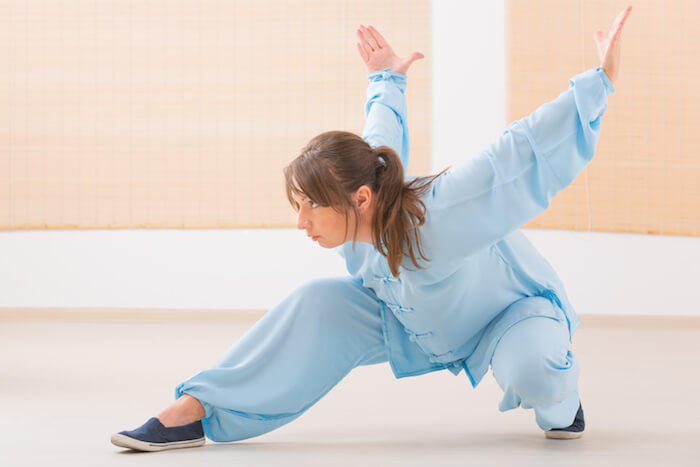
Tai chi (also spelled taiji) is characterized by a linked series of fluid, smooth dance-like movements. It is a “soft” martial art that has a long list of health benefits. Skilled tai chi practitioners can also generate great power via these gentle and seemingly innocuous movements. Maintaining a seamless continuity of slow, precise movement requires – and cultivates – deep levels of concentration. Body, mind, and breath become more and more integrated. With this come profound levels of emotional calmness and spacious meditative clarity.
4. Aikido & Other Martial Arts
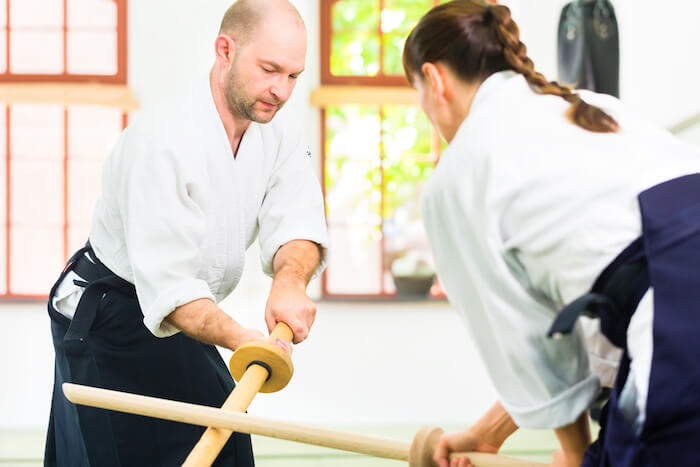
While many of the martial arts forms can be great tools for enhancing fitness and cultivating awareness, Aikido stands out in its unique commitment to the harmony of body and mind. Aikido utilizes circular and spiraling movements, in order to skillfully transform the energy of an attack: receiving an attacker’s force, and then turning it back against them. The English translation of the Japanese word “Aikido” is “the way of unifying (with) life energy” or “the way of harmonious spirit.” Its name reflects the intention of its founder, Morihei Ueshiba, for this martial art form to serve peace and harmony: both internal and external.
5. Feldenkrais Method
Though the Feldenkrais Method is not typically considered to be an Eastern movement or martial arts form, its founder – Moshe Feldenkrais – had a 2nd-degree black belt in judo, and aspects of this training certainly informed his development of the Feldenkrais Method, whose overall mission is to improve human functioning by increasing self-awareness through movement. In a Feldenkrais session, a practitioner uses gentle exploratory movements to become aware of and unwind habitual patterns – and in the process, unlock new physical freedom and intelligence.

Engaging in one of these East Asian movement practices is an opportunity to expand your training regimen to include the level of breath, subtle-body energy, and awareness, in much more refined ways than what would otherwise be possible.
YOU MAY ALSO LIKE:
WHAT DRY SKIN BRUSHING CAN DO FOR YOU
Dry skin brushing has been growing in popularity for a while now. Health experts often discuss its health and beauty benefits….
THE LOWDOWN ON FATIGUE: SOME THINGS THAT MAY SURPRISE YOU (PART 1)
Most of us have experienced periods of fatigue: of feeling listless, tired, and low-energy, in a way that affects both our…
11 HOLIDAY GIFTS FOR EVERY ECO-CONSCIOUS PERSON ON YOUR LIST
Got some eco-conscious folks on your holiday shopping list this year? Good! With the incredible abundance of green gift ideas that…
5 WAYS TO BE KINDER TO YOURSELF IN 2023
With the new year underway, many of us are looking forward to fresh starts and new resolutions. While most people focus…
WHAT ARE TELOMERES?
Telomeres are essential parts of human cells that influence how quickly our cells age. They are located at the end of…
6 OF THE MOST COMMON AYURVEDIC HERBS
Ayurveda is an ancient Indian medical tradition -but it is so much more than that. The word Ayurveda means “the science…
